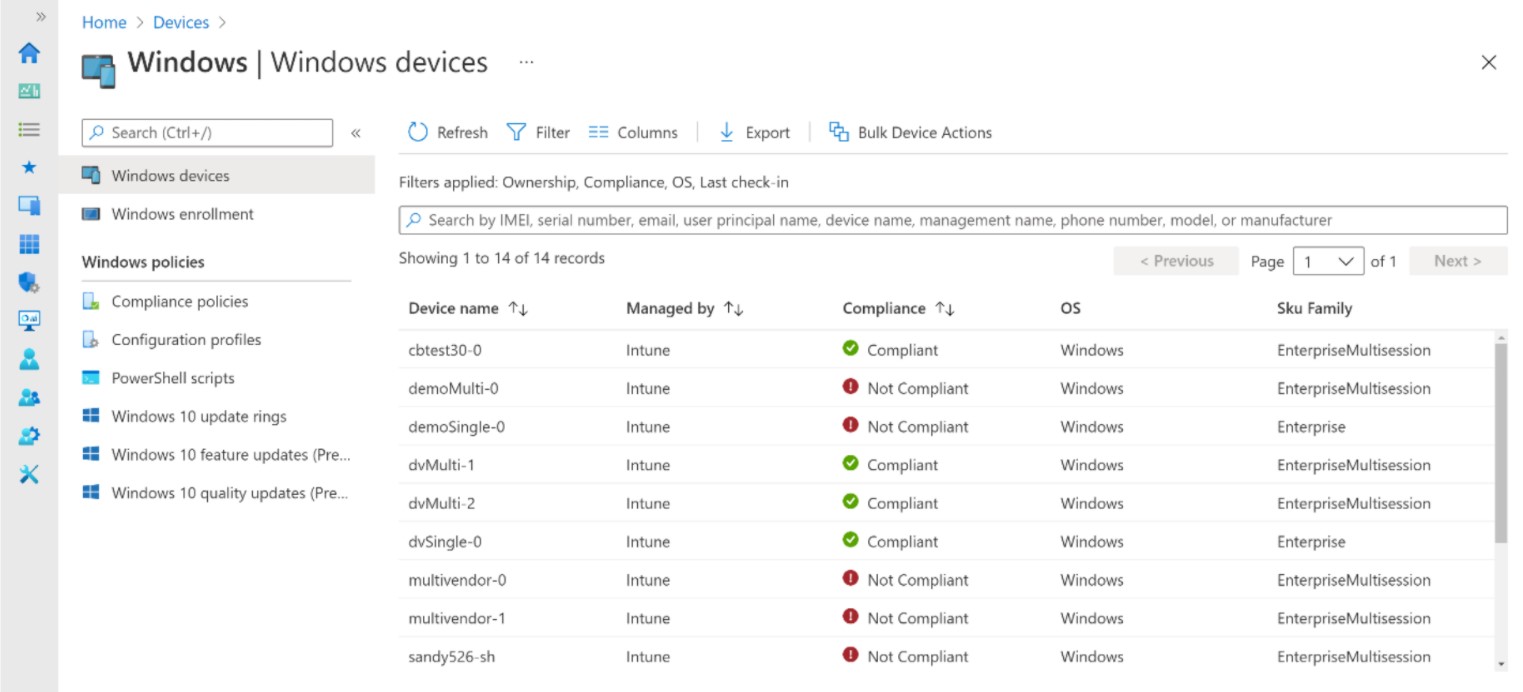As remote work became the default for many companies during the pandemic, it’s maybe no surprise that services like Microsoft’s Windows Virtual Desktop, which gives users access to a fully managed Windows 10 desktop experience from virtually anywhere, saw a lot of interest from large enterprises and a new crop of small businesses that suddenly had to find ways to better support their remote workers. That’s pretty much what Microsoft saw, too, which had originally targeted Windows Virtual Desktop at some of the world’s largest enterprises. And so as the user base changed, Microsoft’s vision for the product changed as well, leading it to now changing its name from Windows Virtual Desktop to Azure Virtual Desktop.
“When we first went GA with Windows Virtual Desktop, about a year and a half ago, the world was a very different place,” said Kam VedBrat, Microsoft’s general manager for Azure Virtual Desktop. “And to be blunt, we looked at the service and what we were building, who we were building it for, pretty differently. No one at that time had any idea that this global pandemic was going to happen and that it would cause so many organizations around the world and millions of people to have to essentially leave the office and work from home — and the role the service would play in enabling a lot of that.”
While the original idea was to help enterprises move their virtual desktop environments from their data centers to the cloud, the pandemic brought a slew of new use cases to Windows Azure Virtual Desktop. It now hosts anything from virtual school labs to the traditional remote enterprise use cases. These new users also have somewhat different needs and expertise from those users the service was originally meant for, so on top of today’s name change, the company is also launching a set of new features that should make it easier for new users to get started with using Azure Virtual Desktop.
Among those is a new Quickstart experience, which will soon launch in public preview. “One piece of feedback that we saw is that as so many organizations are looking at Azure Virtual Desktop to enable new scenarios for hybrid work, they want to get these environments up and running quickly to understand how they work, how their apps behave in them, how to think about app groups and host pools and some of the new concepts that are there,” VedBrat explained. Ideally, it should now only take a few clicks to set up a full virtual desktop environment from the Azure portal.
Also new in Azure Virtual Desktop is support for managing multi-session virtual machines (VMs) with Microsoft Endpoint Manager, Microsoft’s unified service for device management. This marks the first time Endpoint Manager is able to handle multi-session VMs, which are one of the biggest selling points for Azure Virtual Desktop, since it allows a business to host multiple users on the same machine running Windows 10 Enterprise in the cloud.
In addition, Azure Virtual Desktop now offers enhanced support for Azure Active Directory, in addition to a new per-user access pricing option (in addition to the cost of running on the Azure infrastructure) that will allow users to deliver apps to external users. This, Microsoft argues, will allow software vendors to deliver their apps as a SaaS solution, for example.
As for the name change, VedBrat argues that while Windows is obviously at the core of the experience, a lot of the service’s users care about the underlying Azure infrastructure as well, be that storage or networking, for example. “They look at that broader environment that they’re creating — that window estate that they’re creating in the cloud — and they see that as a larger thing and they look at a lot of Azure as part of that. So we felt like the right thing to do at this point, in order to address that broader view that our customers are taking, was to look at the new name,” he explained.
I thought Windows Virtual Desktop explained the core concept just fine, but nobody has ever accused me of being a marketing genius.



